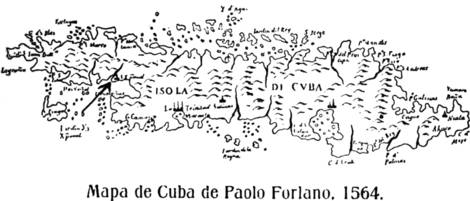4- Cuban music in the 16th century.

As in the rest of the Caribbean, in Cuba the first musical manifestations at the beginning of colonization were linked to religious classical music, the process of Christianization, and the construction of churches and cathedrals. To this day, few names of musicians active in our country during the first century of Spanish colonization in Cuba remain known.
Not only did the Gospel arrive in Cuba, but with it came the music of various religious congregations linked to the Catholic faith, which arrived from the very dawn of colonization to Christianize the natives. The latter, in turn, quickly grasped the alienating traits of European culture and sacred Gregorian chant, demonstrating great musical talent, which earned them praise from the colonizers. Music also proved to be a means of transformation for the native Cubans and their integration into the Catholic religion, as many aboriginals were skilled in building and playing musical instruments.
Religious music in Cuba constituted the greatest activity in 16th-century Cuban music, as churches were, in a sense, the only concert halls in the country. Musicians were very few in Cuba at that time, but popular music was also present. In various towns on the island (Santi Spíritus, Bayamo, Matanzas, and Havana), there were musical groups of humble people who delighted and entertained participants in the religious festivals and dances that took place in the 19th century.
In 1518 the First Bishopric was established in Baracoa, which four years later was transferred to the province of Santiago de Cuba, leaving its church, in fact, converted into a Cathedral ( ).
In Cuba at the end of the 16th century, there was a certain expansion of the minimal group of musical instruments that existed until then. This expansion did not establish a musical development, but it promised greater possibilities for timbre combinations. Some wind instruments were introduced, such as the trumpet, whose function was to issue military orders by playing short musical phrases, and the shawm, a specific type of oboe of Spanish origin. All of the above allowed for timbre differences in instruments belonging to the same instrumental family. It also allowed for the superposition of voices, as it became possible to double them, thus obtaining a greater variety of timbre contrasts.
Bibliography: Antolitia Gloria. The State of Music in Cuba in the 16th Century.








